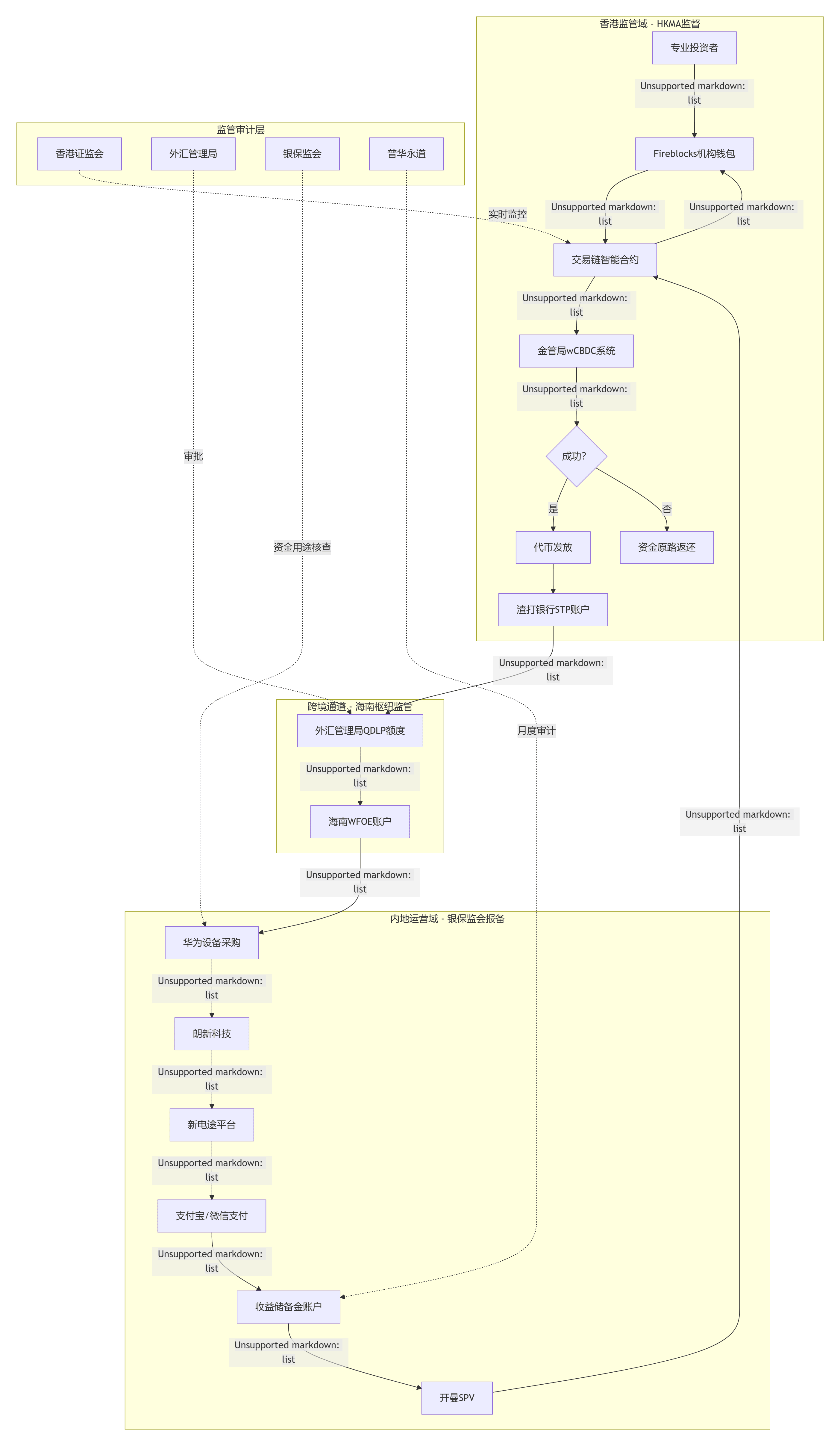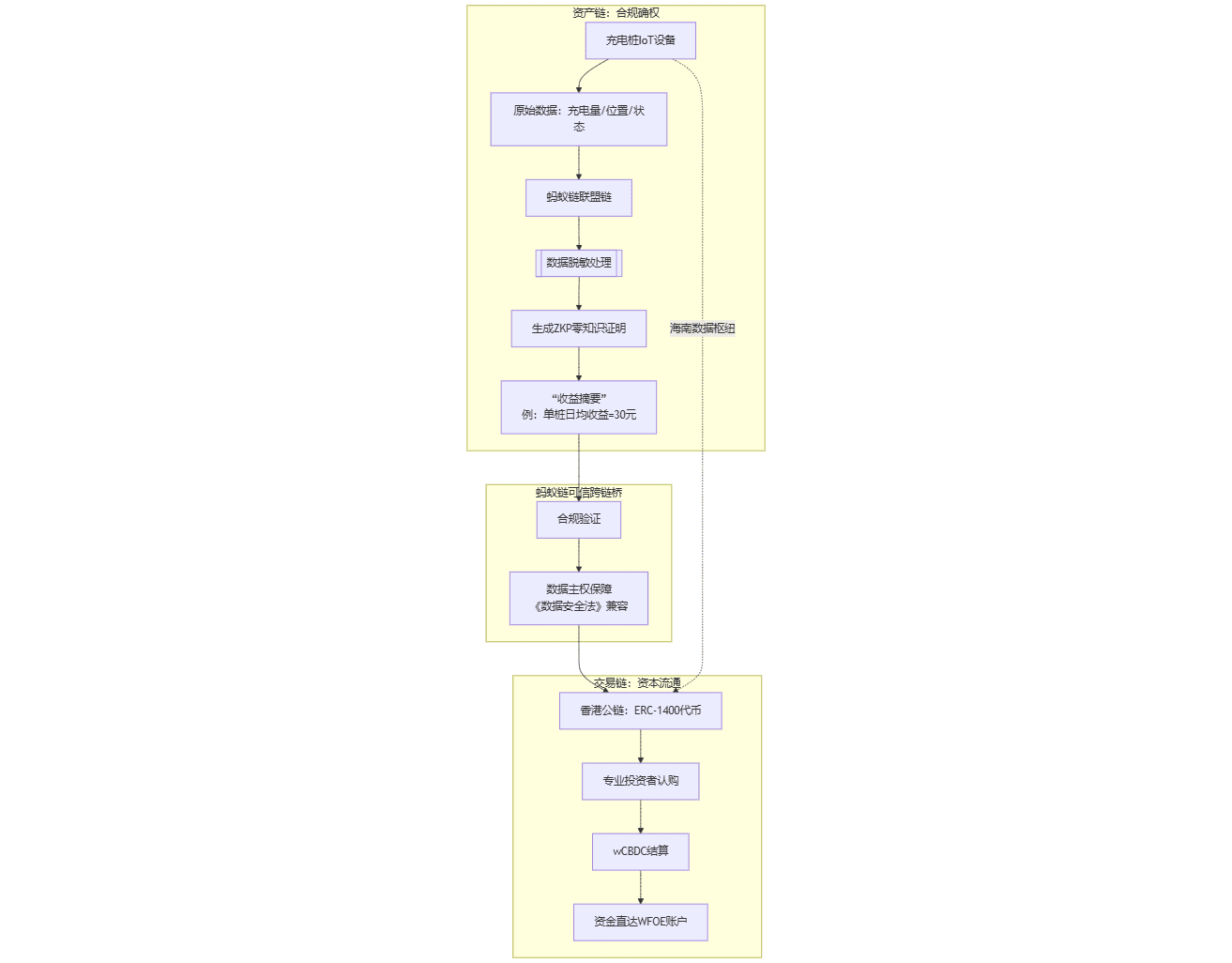China RWA Eco-Series Research Trilogy 2 — Langxin Technology
This is the second case study following the first case — the non-standard agricultural asset Malu grapes, mainly benchmarking the on-chain path and essential decomposition of domestic standard industrial assets.
This series is more from the perspective of compliance on-chain, analyzing the real ecology of current RWA in China from three dimensions: non-standard agriculture - standard industry - standard finance.
This research mainly includes the following aspects:
Project Basic Information
On-chain Path Analysis
Project Defect Exploration
Comparison of Industrial and Agricultural Assets
—————————————————————————
1. Project Basic Information
The Langxin Charging Station RWA project is quite popular domestically, alongside the battery swap cabinets of Xunying Group and the photovoltaic power station project of GCL-Poly, collectively known as the three driving forces of RWA projects in China's new energy sector.
In August 2024, this project was launched within the Hong Kong Monetary Authority's Project Ensemble sandbox, completing China's first cross-border tokenization of new energy physical assets — converting the income rights of 9,000 charging piles in the Yangtze River Delta into on-chain assets, raising 100 million yuan in Hong Kong.

————————————————————————
2. On-chain Path Analysis
2.1 Asset Screening
The underlying assets of the project are a cluster of charging piles located in the Yangtze River Delta region, selected from 170,000 devices operating on the Xindian platform.
Subsequently, compliance issues related to the confirmation of the rights of the equipment were completed. These two points are the same as the logic of agricultural assets.
2.2 Data Collection and Technical On-chain
This mainly analyzes the 'Two Chains and One Bridge' on-chain model pioneered by this project.

Asset Chain:
Located in the mainland, specifically responsible for digitizing and standardizing the physical assets of Langxin Technology's charging piles, using a consortium chain to ensure data security and regulatory compliance.
Reason — (Data Security Law) requires sensitive data not to leave the country, but RWA needs to show asset information to international investors, and the asset chain is responsible for achieving physical separation.
Transaction Chain:
Based on a compliant public blockchain in Hong Kong, issuing ERC-1400 tokens, embedding KYC rules to restrict trading to only professional investors, primarily undertaking the function of capital tokenization.
Reason — The Hong Kong Monetary Authority has strict KYC/AML requirements for tokenized assets, the transaction chain is deployed in Hong Kong, directly under the supervision of the Monetary Authority, with investor identity verification conducted on-chain.
Cross-chain Bridge:
Generating 'Yield Summary' (such as average daily yield per pile) through Zero-Knowledge Proof (ZKP), achieving value cross-border verification under desensitization, ensuring safe and compliant cross-border circulation of data and assets between the mainland asset chain and the Hong Kong transaction chain.
Reason — In terms of compliance, according to the foreign exchange management and anti-money laundering regulations between the mainland and Hong Kong, the cross-chain bridge is responsible for recording all capital flow trajectories, providing complete audit trails for regulatory authorities;
In terms of technology, the technical standards and network environments of the two regions are different, and the trusted cross-chain bridge provides standardized cross-chain protocols and data format conversions.
2.3 Compliance Design
The real institutional innovation lies in the WFOE income rights isolation structure.
Langxin Technology established a wholly foreign-owned enterprise (WFOE) in the Hainan Free Trade Port, which acquired specific income rights generated by charging piles over the next three years from 1,600 small and medium-sized operators who own the physical charging pile equipment. This part of the income rights mainly includes charging service fees and possible government subsidies.
The agreement clearly states that the physical ownership of the equipment still belongs to the original small and medium-sized operators, ensuring their operational autonomy, while the future income rights are legally separated and transferred to the WFOE, making it an independent, disposable financial asset.
Additionally, a special purpose vehicle (SPV) was established in Hong Kong as the cross-border issuance entity, controlling the income rights of the mainland WFOE through agreements.
This successfully isolated and securitized the income flow of the underlying assets at the legal level, completing the legal compliance design.
2.4 Asset Tokenization
Transforming the future income rights of the charging piles held by WFOE into tokens that can be held, transferred, and traded on the blockchain through technological means.
Issuing ERC-1400 standard securities-type tokens, with an annual benchmark yield of 6%, daily earnings automatically aggregated (charging fees + government subsidies), distributed monthly to token holders' wallets (automatically executed by smart contracts).
This is also what we can see, compared to agricultural non-standard assets, this project is closer to a typical RWA project, following the sandbox path in Hong Kong, allowing token issuance, and the income rights are tied to real earnings.
Compared to previously binding a few bunches of grapes, there has been a qualitative leap, but indeed at the cost of liquidity, this point I will write about in my next post.
